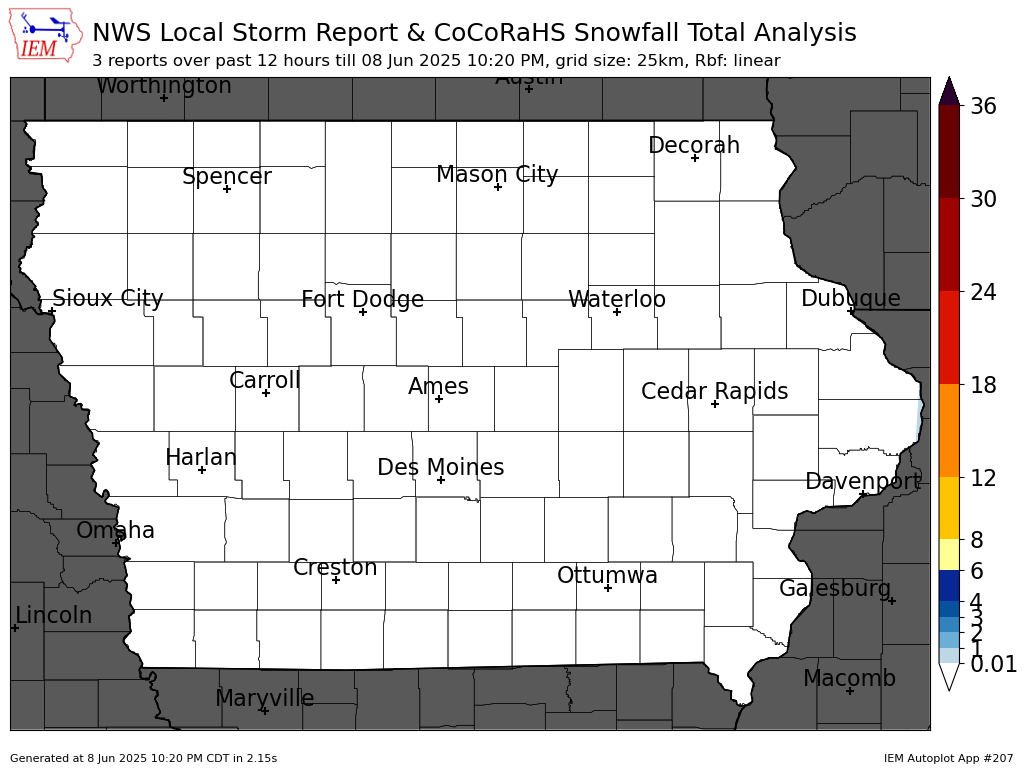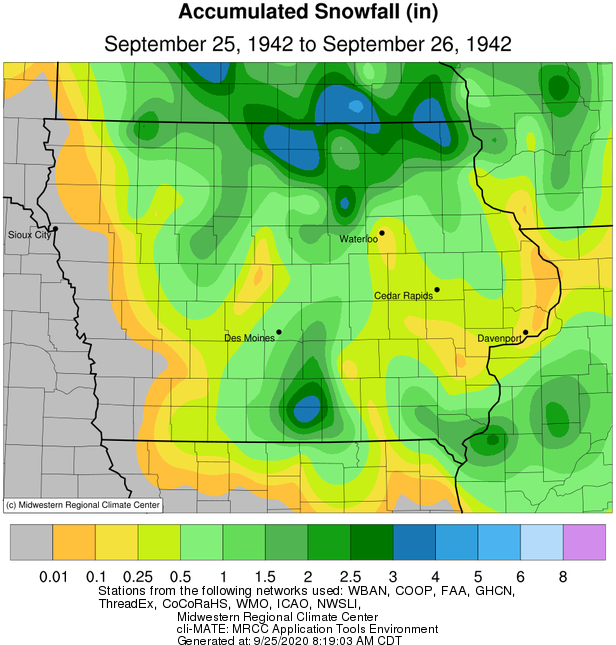
You can view the snow accumulation, snow depth, and snowfall for your recent winter storms as well as nearby snow reports from weather stations across the country. The data is updated throughout the day as station readings are reported, usually no more than once an hour. This site pulls data from multiple different sources of data from the National Weather Service and the National Weather Service NOHRSC to create the easiest way to find the most accurate snowfall data in your area. This site attempts to correct that by combining and simplifying data from the National Weather Service and the NOAA. Check on neighbors and loved ones: If you have elderly or vulnerable neighbors or loved ones, check on them before and during the storm to make sure they’re safe and have everything they need.īe sure to get the latest winter storm updates by downloading the ISCN Weather App, or by checking out your local forecast on our weather forecast page.Weather websites are very good at reporting how much snow is forecast for the next day or week, but often make it difficult to see what the actual snowfall was at the end of the storm.

If you must travel, be sure to allow extra time for your commute and drive slowly and cautiously. Stay off the roads: If possible, avoid driving during the storm.Stock up on essentials: Make sure you have enough food, water, and other essential supplies to last for a few days in case of a power outage or other disruptions.Monitor the latest forecasts: Keep a close eye on the weather forecast, and stay up to date on any changes to the expected snowfall totals or timing of the storm.Here are some steps you can take to stay safe and minimize the impact of the storm on your daily life: Now is the time to prepare for the upcoming winter storm. Be sure to prepare your home for the storm by stocking up on food, water, and other essentials, and make sure you have a backup plan in case of a power outage. Strong winds may produce blowing snow, which could lead to downed trees and power lines. In addition to travel disruptions, the winter storm could also cause power outages and other hazards. If you must travel during the storm, be sure to allow extra time for your commute, reduce your speed, and leave plenty of distance between you and other vehicles on the road. Patchy blowing snow could significantly reduce visibility, which could impact the evening commute. The heavy snow and strong winds associated with this winter storm could make travel very difficult, especially on Thursday afternoon and evening. However, it’s important to note that these snowfall totals are still subject to change as the storm approaches, so be sure to monitor the latest forecasts for updates.

The highest snowfall totals are expected in this region, with totals diminishing further south where rain becomes more likely. Expected Snowfall Totals in IowaĪccording to the winter storm watch, total snow accumulations of 5 to 9 inches are possible in the northern half of Iowa. Here’s what you need to know about the upcoming winter storm, including the expected snowfall totals and the potential impacts on travel and daily life. While the heaviest snow won’t start until Thursday afternoon, there will be intermittent light rain and snow beginning late tonight into Wednesday night.

Iowa residents, brace yourselves for a winter storm that is expected to hit later this week! The National Weather Service has issued a winter storm watch for portions of northern Iowa, with the highest snowfall totals expected in the northern half of the state.


 0 kommentar(er)
0 kommentar(er)
